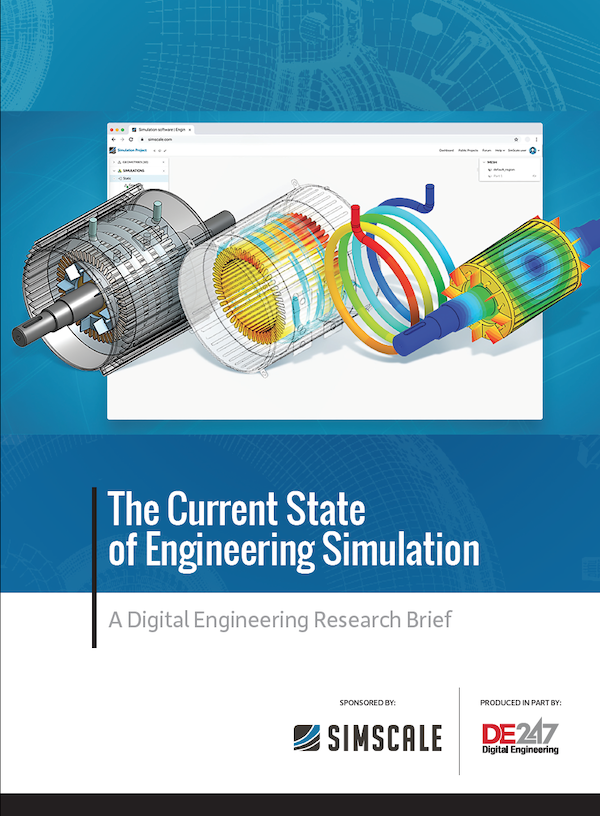Ansys, Meggitt Partnership Takes Flight
Thermal Solutions Centre of Excellence (CoE) is aimed at solving thermal management challengers, including those related to heat exchangers.

ANSYS Material Designer helped Meggitt reduce model complexity for simulation of heat exchangers. Image Courtesy of ANSYS
July 21, 2021
Meggitt plc is collaborating with Ansys to push the envelope with simulation technology, in particular to innovate new thermal management tools and standardized modeling processes as part of an effort to develop and design next-generation aircraft.
While British aerospace company Meggitt has been a long-time user of Ansys simulation tools, the latest chapter in the pair’s relationship simplifies access to Ansys tools, training, and support across Meggitt’s globally distributed workforce, providing broader access to new simulation software innovations. The collaboration, which standardizes the Ansys portfolio as the company’s common modeling platform for its globally distributed engineering teams, is aimed at helping Meggitt create next-generation aircraft technologies that will satisfy strict flight certification requirements and meet stringent greenhouse gas reduction guidelines—all within an accelerated timeframe, officials say.
In order to meet industry requirements and hit ambitious performance and time-to-market goals, Meggitt’s engineering team is channeling much of its simulation efforts to creating engine-mounted heat exchangers. Last December, the partners started work leveraging simulation to numerically validate the structural integrity of a heat exchanger designed specifically to be produced with additive manufacturing technologies. Given the extent of the modeling exercise, the partners leveraged Ansys Material Designer, which allowed the team to drastically reduce the complexity of the original model without losing too much information.
“The system was very specific since it was made of thousands of small channels where pressurized coolant was circulating,” explains Shane Emswiler, Ansys senior vice president of products. “Such a system is very complicated to model with traditional finite element methods because it leads to very large and computational expensive simulation. Overall, we were able to find a very high ratio in between the quality of the results produced over the computational resources employed.”
Moving forward, Meggitt engineers will direct the standard Ansys simulation software portfolio to other design challenges throughout all phases of the product lifecycle, officials said. Widespread and standardized use of simulation enables the engineering team to expedite product design by decreasing the number of physical prototypes while reducing design spending and increasing productivity. On average, the Ansys tool suite has allowed the team to cut back thermal management system development time by six months while improving overall product performance.
“Ansys simulation tools have proven fundamental in enabling our global teams to work closely together to develop next-generation products that support our customers’ demands for more sustainable technologies,” said Mark Conlin, Meggitt group vice president, Engineering Operations, in a press release. “It’s a powerful tool, speeding up development lead time and giving our teams the ability to optimize product performance and test against millions of variables.”
The multi-year enterprise license agreement covers a broad range of Ansys technology, including Ansys Mechanical, Ansys CFD, Ansys HFSS, and Ansys SCADE.
For a closer look at Ansys Materials Designer, check out this video.
More Ansys Coverage
Subscribe to our FREE magazine, FREE email newsletters or both!
About the Author
Beth Stackpole is a contributing editor to Digital Engineering. Send e-mail about this article to [email protected].
Follow DERelated Topics





